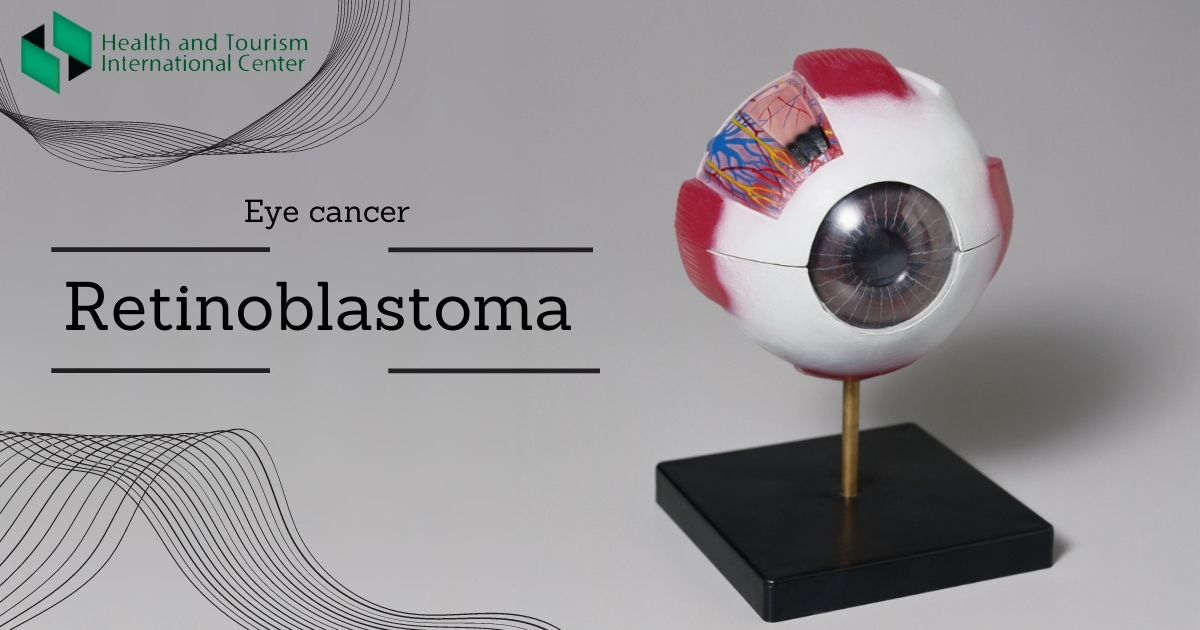Retinoblastoma most commonly affects young children, but can rarely occur in adults.
A rare form of eye cancer, retinoblastoma is the most common form of cancer affecting the eye in children. Retinoblastoma may occur in one or both eyes.
Symptoms
Because retinoblastoma mostly affects infants and small children, symptoms are rare.
Signs you may notice include:
- A white color in the center circle of the eye (pupil) when light is shone in the eye, such as when taking a flash photograph
- Eyes that appear to be looking in different directions
- Eye redness
- Eye swelling
When to see a doctor
Make an appointment with your child's doctor if you notice any changes to your child's eyes that concern you.
Retinoblastoma is a rare cancer, so your child's doctor may explore other more common eye conditions first.
If you have a family history of retinoblastoma, ask your pediatrician when your child should begin regular eye exams to screen for retinoblastoma.
Causes
Retinoblastoma occurs when nerve cells in the retina develop genetic mutations. These mutations cause the cells to continue growing and multiplying when healthy cells would die. This accumulating mass of cells forms a tumor.
Retinoblastoma cells can invade further into the eye and nearby structures. Retinoblastoma can also spread (metastasize) to other areas of the body, including the brain and spine.
In the majority of cases, it's not clear what causes the genetic mutations that lead to retinoblastoma.
However, it's possible for children to inherit a genetic mutation from their parents.
Retinoblastoma that is inherited
Gene mutations that increase the risk of retinoblastoma and other cancers can be passed from parents to children.
Hereditary retinoblastoma is passed from parents to children in an autosomal dominant pattern, which means only one parent needs a single copy of the mutated gene to pass the increased risk of retinoblastoma on to the children.
Although a genetic mutation increases a child's risk of retinoblastoma, it doesn't mean that cancer is inevitable.
Children with the inherited form of retinoblastoma tend to develop the disease at an earlier age. Hereditary retinoblastoma also tends to occur in both eyes, as opposed to just one eye.
Source:
https://www.mayoclinic.org/diseases-conditions/retinoblastoma/symptoms-causes/syc-20351008

